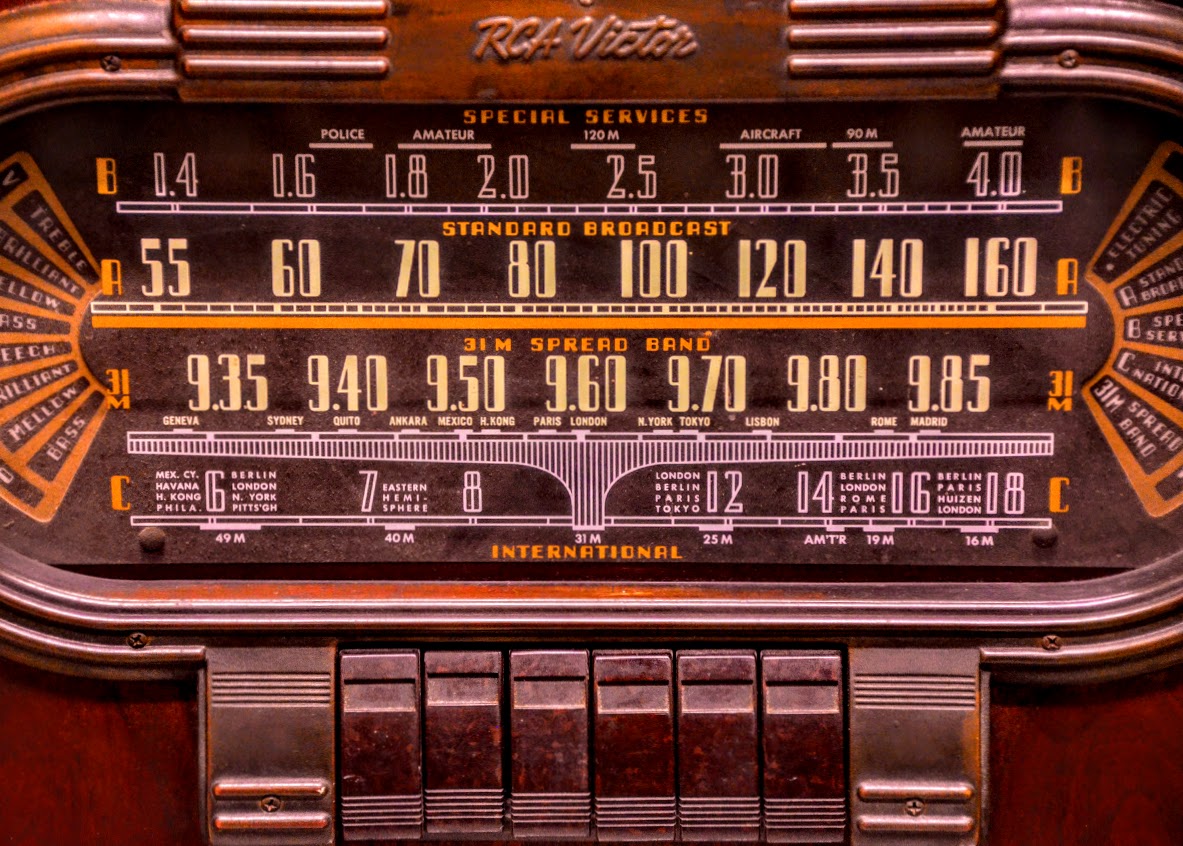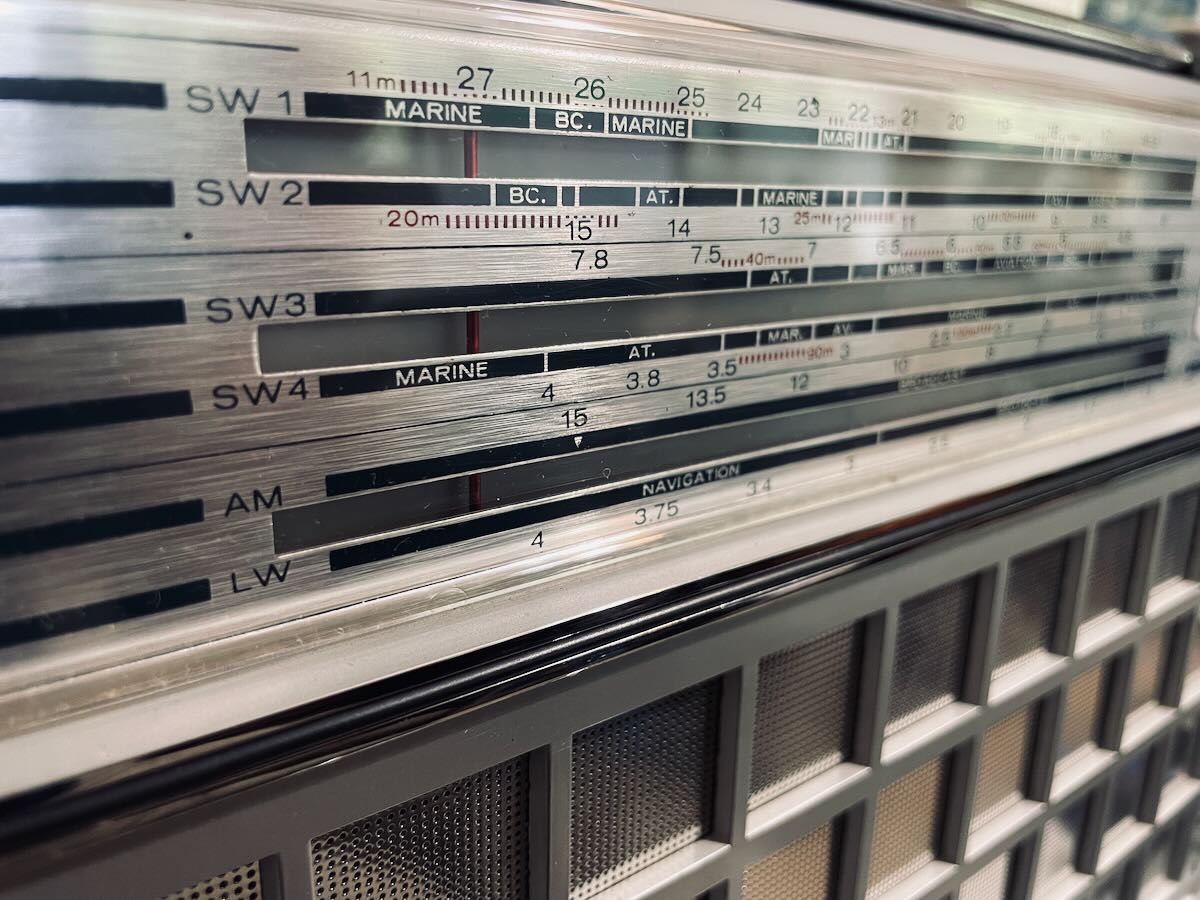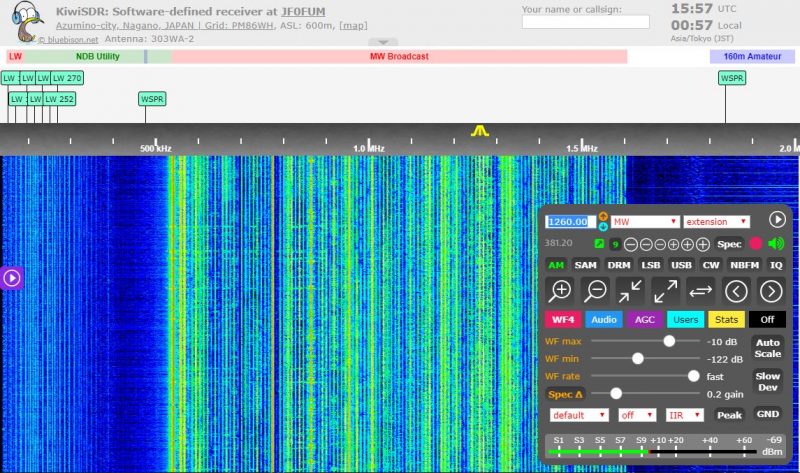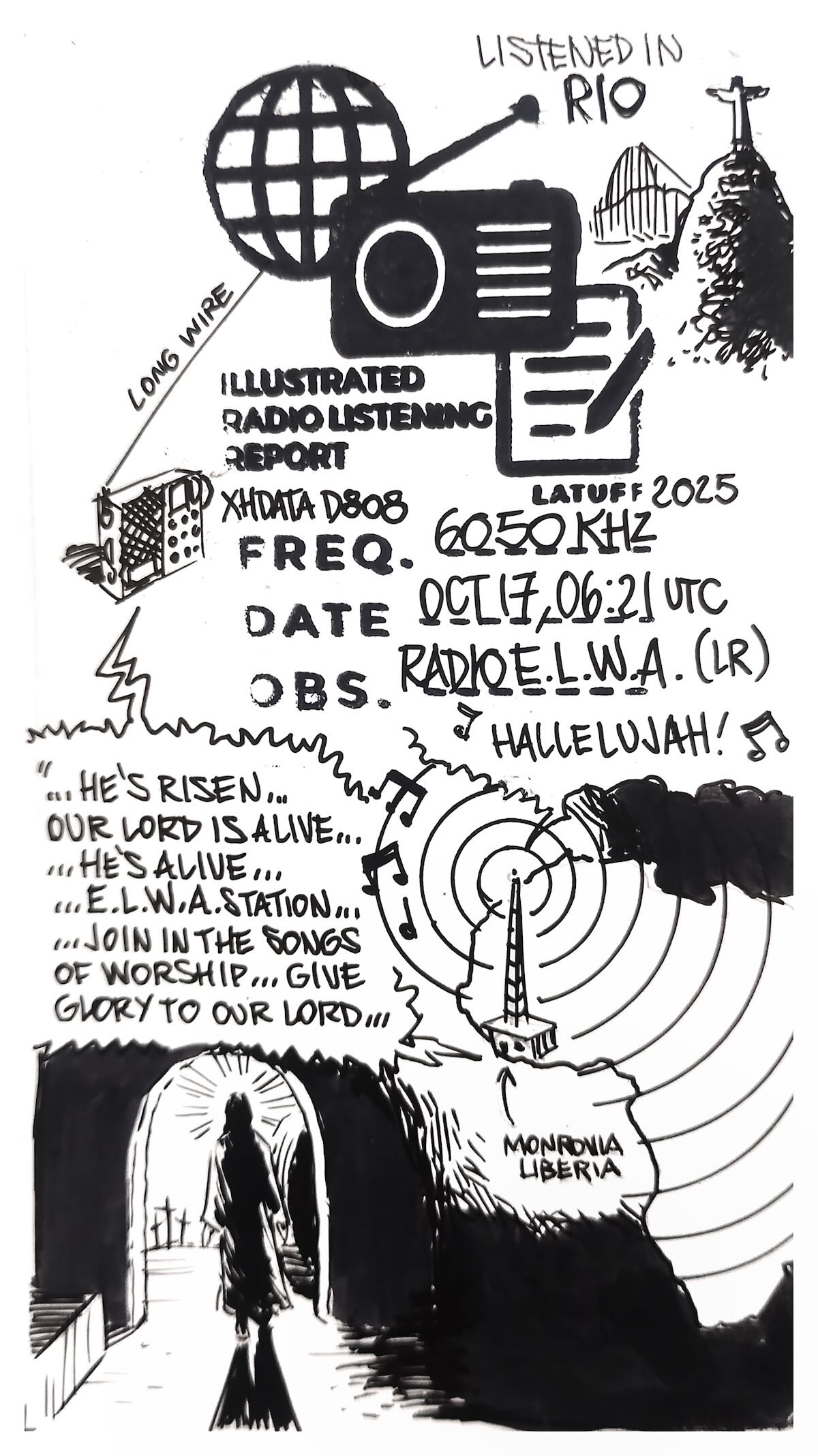
Many thanks to SWLing Post contributor, Bill Tilford, who shares the following update:
The semiannual time and season changes always bring challenges to FTIOM and UBMP on 6070 and 9670, and we will be pausing our shows on those two frequencies for a month or two until things sort themselves out. We will have two transmissions of each show on 3955 on Radio Channel 292 from Germany during the interim as follows:
From the Isle of Music
November’s show will feature some Cuban music recordings that entered the Latin and regular GRAMMY competitions this year (it will be too soon to tell if any of them won either.)
Friday, November 14:
3955 kHz at 1700 UTC, repeats 2200 UTC
Uncle Bill’s Melting Pot
November’s show will be a polka party featuring Polish-American bands from the northeast US and Chicago. If you think you don’t like polkas, you just haven’t listened to the right bands.
Friday, November 21:
3955 kHz at 1700 UTC, repeats 2200 UTC
In addition to direct radio reception, we do honor reception reports using remote SDRs as long as the whole program is described and which SDR is specified. All QSLs are e-QSLs only.
Thanks for all you do for radio. Contrary to what some its critics are fond of chanting, shortwave can still be a voice of and for peace, and in these times, that is more important than ever.
 Many thanks to SWLing Post contributor Dennis Dura for sharing this article from Radio World which delves into the legacy of AM broadcasting in “Digging Up the AM Radio Graveyard.”
Many thanks to SWLing Post contributor Dennis Dura for sharing this article from Radio World which delves into the legacy of AM broadcasting in “Digging Up the AM Radio Graveyard.”






